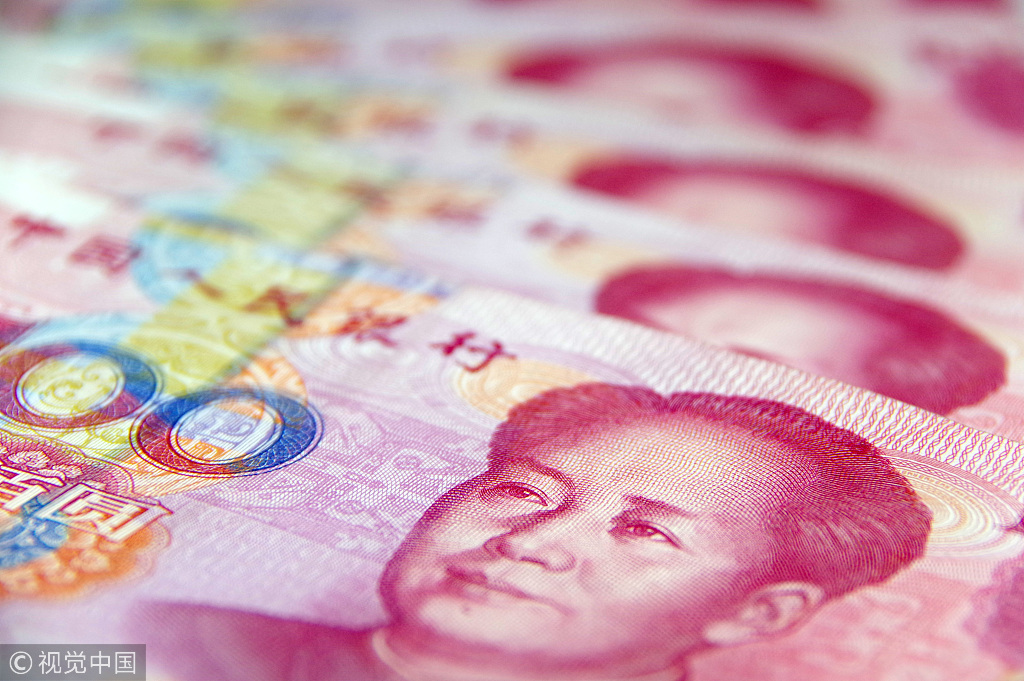Liquidity injection to support growth


China's central bank said on Friday that it will inject a net amount of nearly 800 billion yuan ($116.6 billion) of capital into the economy to support economic growth after operations that include further reducing the deposit amounts that financial institutions are required to keep as reserves.
The reserve requirement ratio, the money that financial institutions must hold in reserve as a share of total deposits, will drop by 0.5 percentage point on Jan 15, and another 0.5 percentage point will be cut on Jan 25, the People's Bank of China announced.
After those two cuts, the ratios for large banks will decrease to 12 to 13.5 percent, down by a total of 3.5 percentage points since the beginning of 2018. The central bank reduced the required reserves four times last year.
To manage liquidity more efficiently and flexibly, the PBOC has recently introduced a monetary policy tool called the "targeted medium-term lending facility". The new tool was designed to supply lower-cost funding to financial institutions and encourage lending to the real economy, especially for small and micro-sized companies.
The released liquidity will offset the funding shortage that usually occurs ahead of the Lunar New Year, according to the PBOC.
The reserve ratio cuts are still targeted measures, rather than a broader monetary easing, according to a central bank spokesperson, who reiterated that "the prudent monetary policy stance remains unchanged".
"It will help to maintain total liquidity at a reasonably adaptive level in the banking sector, as well as keep the renminbi exchange rate stable at a reasonable equilibrium," the spokesperson added.
The country's financial regulatory body has issued a set of new measures recently designed to solve the financing problems of small and micro-sized enterprises, especially those in the private sector. "These measures, including targeted reserve ratio cuts, have eased the financing stress in private businesses to some extent," said Ma Jun, a member of the PBOC monetary policy committee.
The new policies will improve the monetary policy transmission mechanism and buffer any economic slowdown, said Ma.
Several economic indicators released within the last week-including the official manufacturing and nonmanufacturing purchasing managers indexes-all pointed to a potential economic slowdown in the first quarter of 2019, and additional policies can be expected to stabilize growth momentum, said Lu Ting, an economist with Nomura Securities.
"We might see stabilization and even a small rebound (of growth) later this year," he said.
Yi Gang, the central bank governor, said earlier that the monetary policy target this year will focus on "countercyclical adjustment" to support economic growth and prevent systemic financial risks.




































